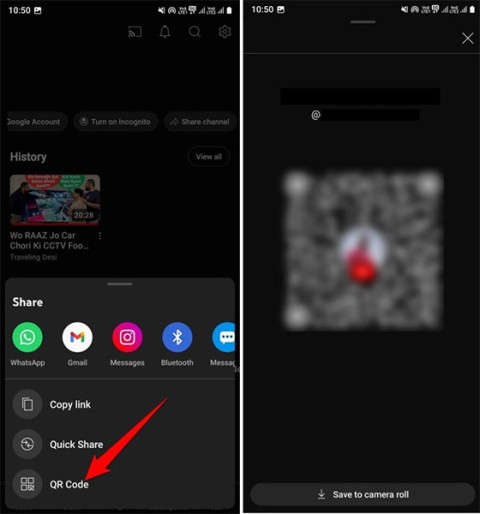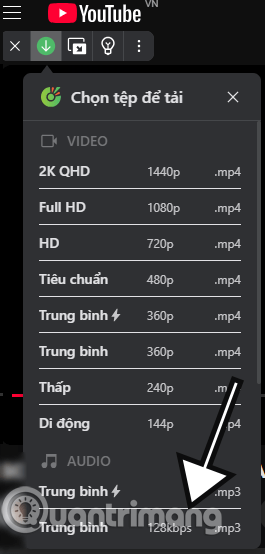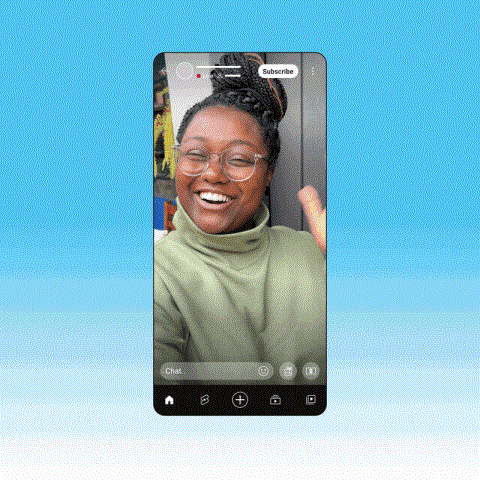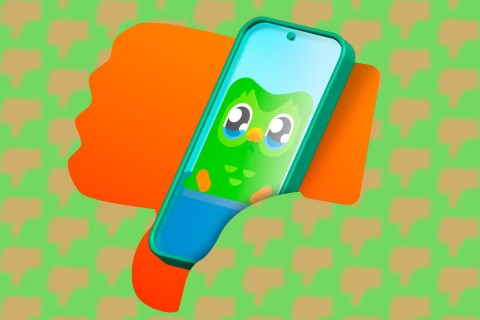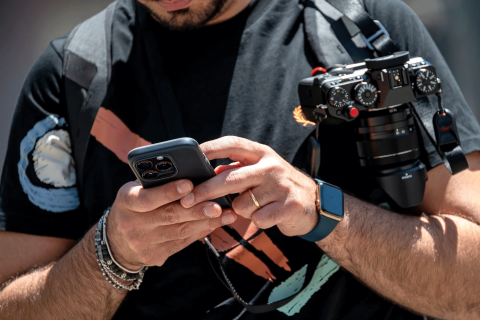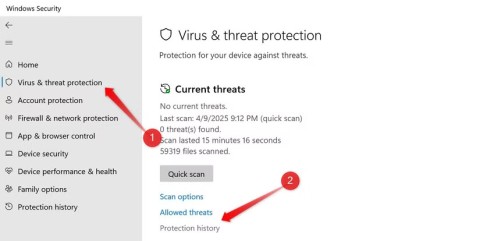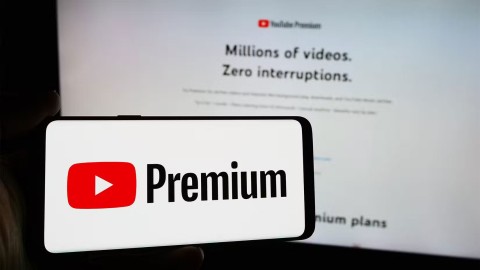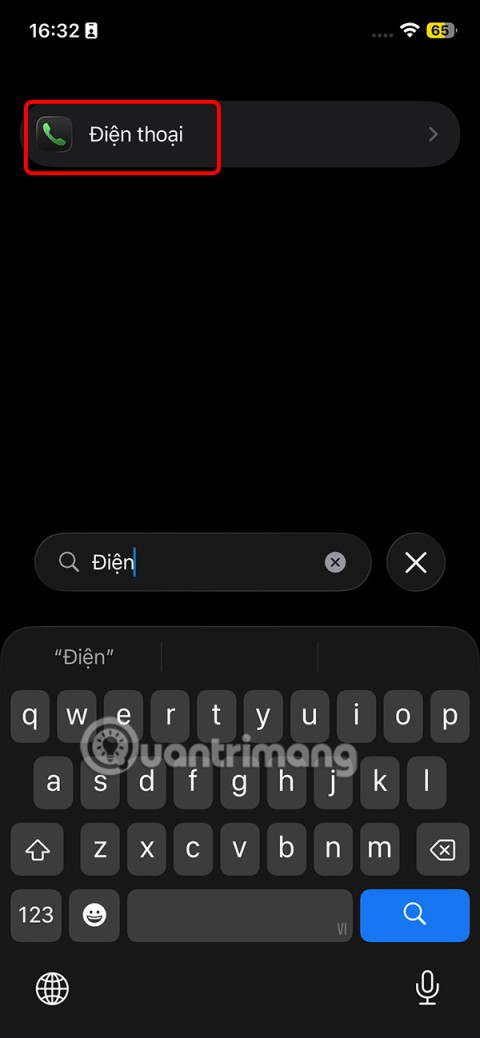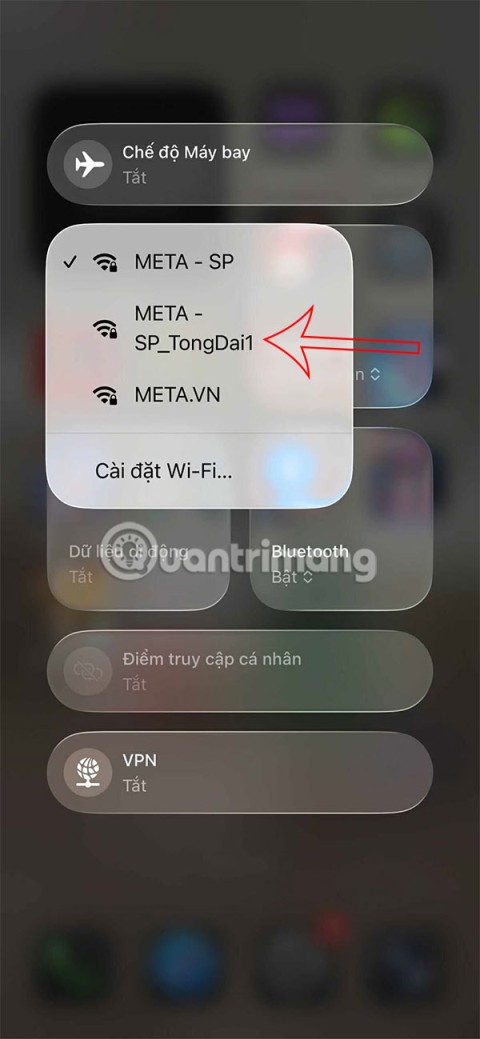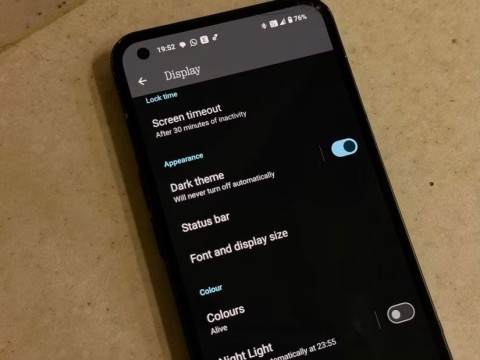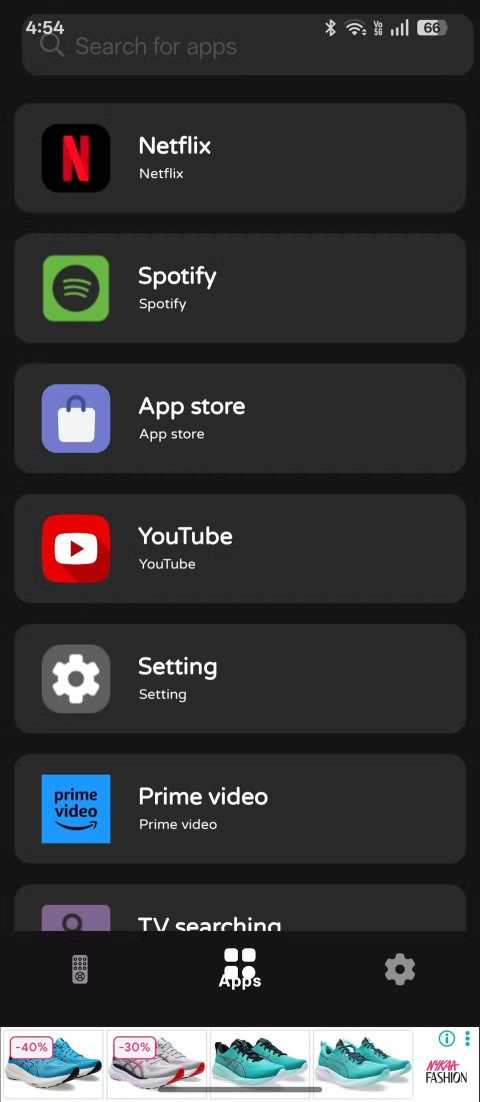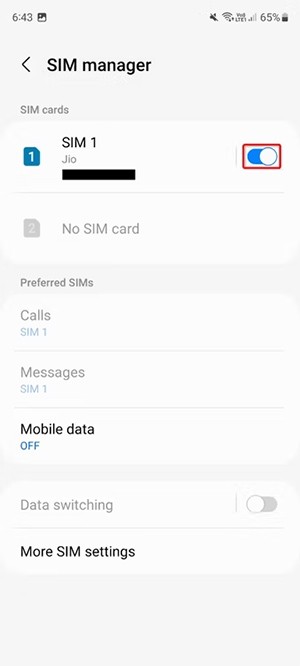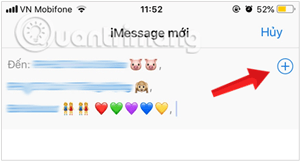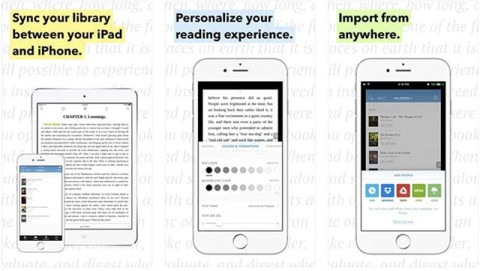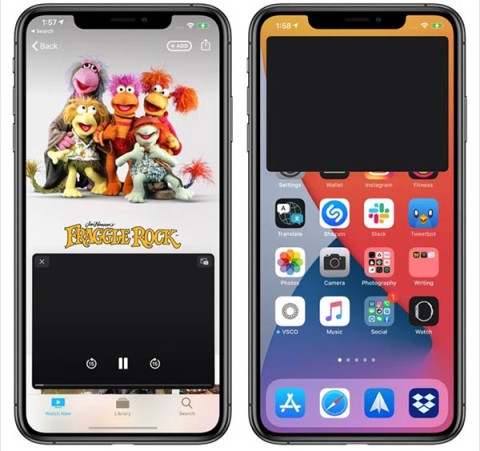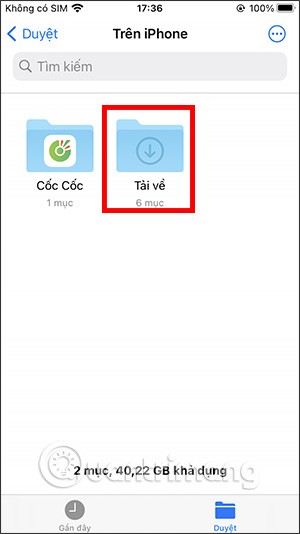YouTube is testing music remixes created by AI

YouTube is testing a new feature that lets creators use AI to remix the style of licensed songs for their short films.
A YouTube video claims to be able to remove water from your iPhone. Tests show it actually works to some extent.
A tech journalist was skeptical of the comments on the video, then decided to call iFixit to check the claim.
The 2-minute video, titled Sound To Remove Water From Phone Speaker (GUARANTEED), has garnered around 45 million views over a period of 4 years.
The video has also garnered more than 140,000 comments, many of whom claim they tried it and found it effective. The Verge's David Pierce tried it and it seemed to work, but wondered if it was just a coincidence.
I encountered this first hand earlier this year after my nephew's phone slipped out of his pocket and fell into a river near his Airbnb in a small town in Virginia. Miraculously, we found his phone, brought it inside, and started trying to dry it out. A while later, a friend of his casually suggested playing "one of those videos that helps water get out." We turned on "Sound To Remove Water From Phone Speaker (GUARANTEED)" and the phone was finally fine.
Since then, I've been trying to figure out if these videos actually work, or if phones have gotten much more water-resistant and durable in recent years? Should we stop recommending rice and start recommending videos?
Apple declined to comment, although the Apple Watch's water-propulsion system works in a similar way. Audio company Bose says the theory sounds plausible.
All the speaker really does is push air around, and if you can push enough air, with enough force, you can push liquid droplets out. “The lowest sound that speaker can reproduce, at the loudest volume it can play,” says Eric Freeman, senior director of research at Bose. “That’s going to create the most air movement, pushing the water out of the phone.”
Generally, the bigger the speaker, the louder and deeper the sound. Phone speakers are usually very small. “So those YouTube videos aren’t really deep,” says Freeman. “But it’s within the bass range that a phone can produce . ”
iFixit tested the video with four phones, including the iPhone 13, and it works — to a point.
While playing the video on each phone, Ritter also shot a close-up of the speaker on each phone, and in every case, the phone immediately began to spray a series of water droplets. The effect didn't last long, but it was clear that it was spraying water that would otherwise remain inside the phone.
However, the benefits, as you might expect, are limited to the speaker. If you get water in the USB port, SIM slot, or under the buttons, the video won't help.
YouTube is testing a new feature that lets creators use AI to remix the style of licensed songs for their short films.
Sharing your YouTube channel access link just got a whole lot easier thanks to a newly introduced feature.
Downloading YouTube music or downloading MP3 from YouTube helps you put music on your phone or computer to listen when there is no internet, set as ringtone,... With these 12 ways to download MP3 music from YouTube, you will get music from YouTube extremely quickly.
In a new update announced late yesterday, YouTube attracted attention when it launched a feature called “gifts” with a method of operation quite similar to TikTok's famous Live Gifting feature.
While the majority of YouTube's most viewed videos are music videos, there are plenty of other types to choose from. Let's take a look at each of these options!
The new policy will take effect from March 31 and is expected to bring more fairness to content creators when comparing video performance across different platforms.
Your favorite apps don't just collect information for their own use; they also share it with third parties, all for profit.
It only takes a few seconds for the skip ad button to appear on a YouTube video, but sometimes that wait can feel like an eternity.
Many YouTubers and other digital content creators are selling their unused video footage to Artificial Intelligence (AI) companies looking for exclusive videos to better train their AI algorithms.
People used to watch YouTube on their computers, then they mostly watched it on their phones. But today, when people think of YouTube, they think of TV.
Given the workload that Windows computers handle, they need maintenance to run smoothly. Without regular maintenance, performance can suffer, security can be at risk, and hardware issues can go unnoticed.
YouTube has just rolled out a change to ad skipping on both desktop and mobile apps.
YouTube has a new subscription plan that lets users say goodbye to ads without spending a fortune.
Learn how to turn off YouTube title translation with these simple steps. YouTube automatically translating video titles can be inconvenient, and this guide provides effective solutions.
Through your purchase history on the App Store, you will know when you downloaded that app or game, and how much you paid for the paid app.
iPhone mutes iPhone from unknown callers and on iOS 26, iPhone automatically receives incoming calls from an unknown number and asks for the reason for the call. If you want to receive unknown calls on iPhone, follow the instructions below.
Apple makes it easy to find out if a WiFi network is safe before you connect. You don't need any software or other tools to help, just use the built-in settings on your iPhone.
iPhone has a speaker volume limit setting to control the sound. However, in some situations you need to increase the volume on your iPhone to be able to hear the content.
ADB is a powerful set of tools that give you more control over your Android device. Although ADB is intended for Android developers, you don't need any programming knowledge to uninstall Android apps with it.
You might think you know how to get the most out of your phone time, but chances are you don't know how big a difference this common setting makes.
The Android System Key Verifier app comes pre-installed as a system app on Android devices running version 8.0 or later.
Despite Apple's tight ecosystem, some people have turned their Android phones into reliable remote controls for their Apple TV.
There are many reasons why your Android phone cannot connect to mobile data, such as incorrect configuration errors causing the problem. Here is a guide to fix mobile data connection errors on Android.
For years, Android gamers have dreamed of running PS3 titles on their phones – now it's a reality. aPS3e, the first PS3 emulator for Android, is now available on the Google Play Store.
The iPhone iMessage group chat feature helps us text and chat more easily with many people, instead of sending individual messages.
For ebook lovers, having a library of books at your fingertips is a great thing. And if you store your ebooks on your phone, you can enjoy them anytime, anywhere. Check out the best ebook reading apps for iPhone below.
You can use Picture in Picture (PiP) to watch YouTube videos off-screen on iOS 14, but YouTube has locked this feature on the app so you cannot use PiP directly, you have to add a few more small steps that we will guide in detail below.
On iPhone/iPad, there is a Files application to manage all files on the device, including files that users download. The article below will guide readers on how to find downloaded files on iPhone/iPad.
If you really want to protect your phone, it's time you started locking your phone to prevent theft as well as protect it from hacks and scams.
